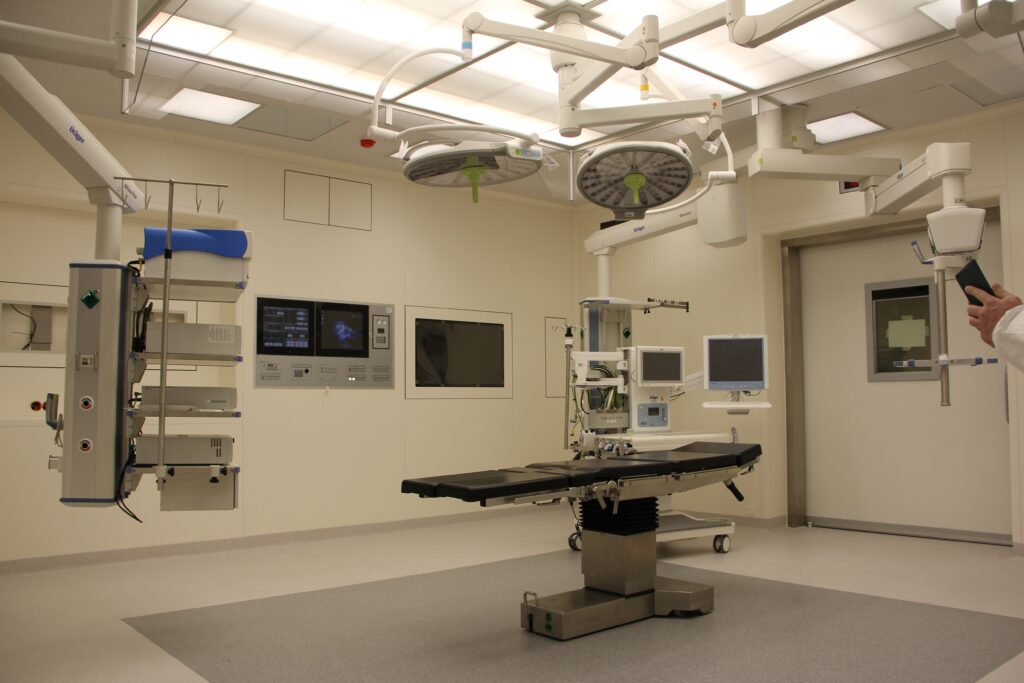Abstract
Background
Uncertainties exist surrounding the timing of liver transplantation (LT) among patients with acute-on-chronic liver failure grade 3 (ACLF-3), regarding whether to accept a marginal quality donor organ to allow for earlier LT or wait for either an optimal organ offer or improvement in the number of organ failures, in order to increase post-LT survival.
Methods
We created a Markov decision process model to determine the timing of LT among patients with ACLF-3 within 7 days of listing, to maximize overall one-year survival probability.
Results
We analyzed six groups of candidates with ACLF-3: patients age ≤60 or >60 years, patients with 3 organ failures alone or 4-6 organ failures, and hepatic or extrahepatic ACLF-3. Among all groups, LT yielded significantly greater overall survival probability versus remaining on the waiting list for even 1 additional day (p<0.001), regardless of organ quality. Creation of two-way sensitivity analyses, with variation in the probability of receiving an optimal organ and expected post-transplant mortality, indicated that overall survival is maximized by earlier LT, particularly among candidates > 60 years or with 4-6 organ failures. Probability of improvement from ACLF-3 to ACLF-2 does not influence these recommendations, as the likelihood of organ recovery was less than 10%.
Conclusion
During the first week after listing for patients with ACLF-3, earlier LT in general is favored over waiting for an optimal quality donor organ or for recovery of organ failures, with the understanding that the analysis is limited to consideration of only these three variables.
The full study is available in JHEP Reports.
